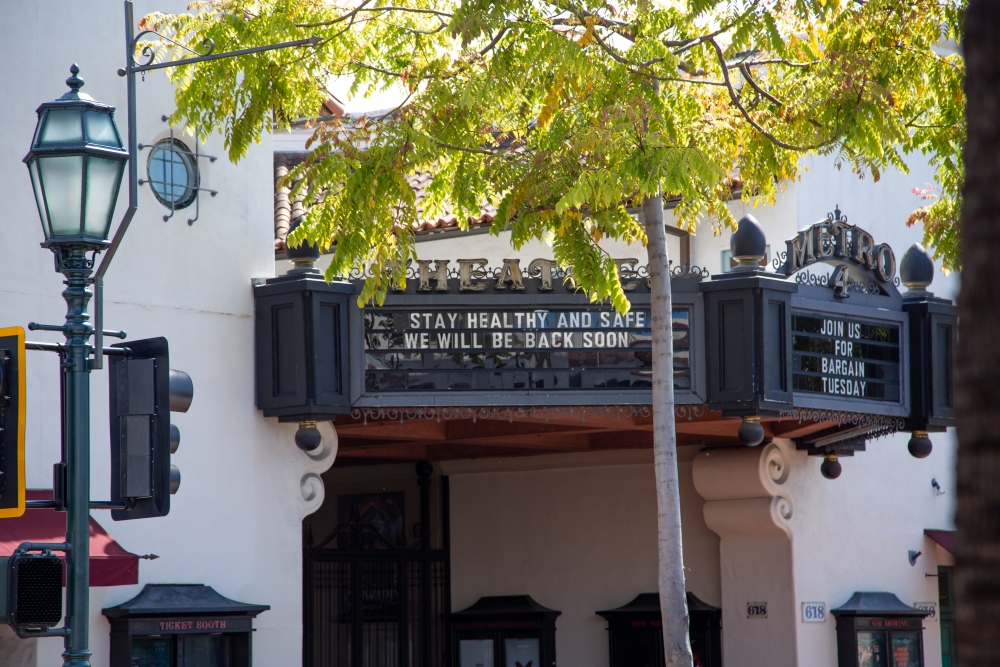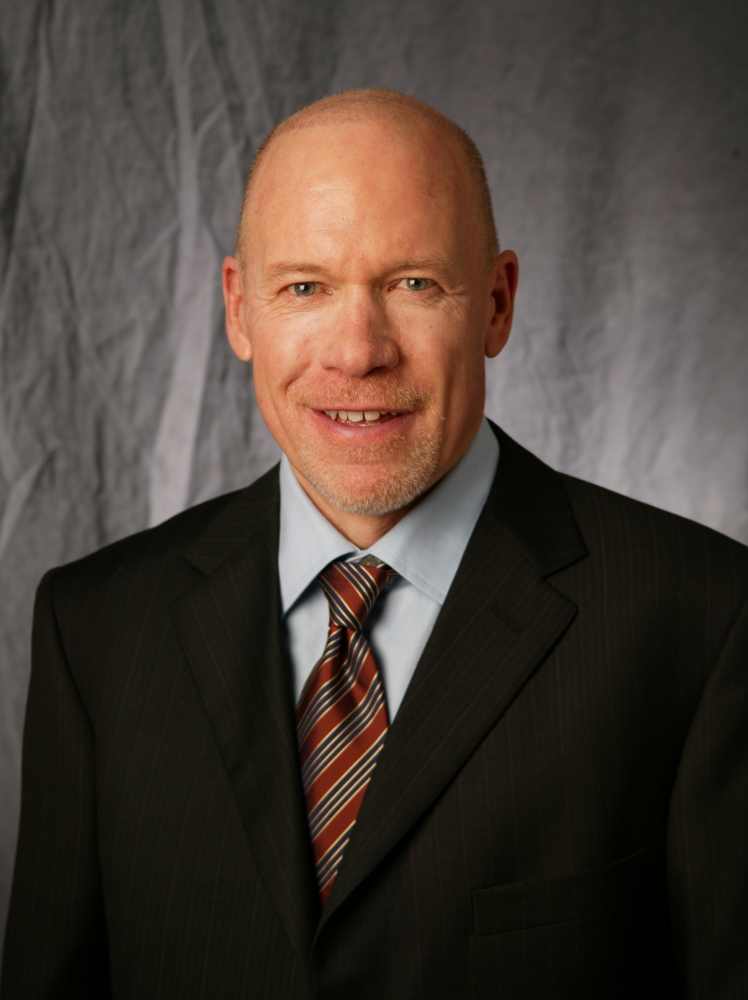
Not Business as Usual

This is the business community’s moment. As municipalities across the country slowly lift restrictions related to COVID-19, commercial operations are exploring what it means to restart the economy in the middle of a public health crisis.
“We haven’t seen a pandemic like this,” Peter Rupert, a professor of economics at UC Santa Barbara said during the second in a series of Economic Forecast Project webinars focused on COVID-19. “The world is closed, like it was hit by a sledgehammer,” he added, referring to the lockdowns that effectively shut down the economy, both local and global.
Controversial due to COVID-19’s highly infectious and still unpredictable nature, the move to reopen has nonetheless been sought by those feeling the economic pinch. Indeed, as Rupert pointed out, the effects have been staggering and unprecedented: 33 million Americans have filed unemployment claims in just a month and a half, and the Bureau of Labor Statistics’ most recent numbers reflect a loss of 20 million jobs.
In contrast to the sledgehammer’s blow, reopening the economy would require surgical precision, Rupert said.
“We need to think about how to open with a scalpel,” he said. “That is, we really have to look and see what places we can open that are safe to open.”
Santa Barbara County, for its part, has been watching California’s guidelines for reopening, and a few businesses have been ramping up operations as part of Stage 2 of Gov. Newsom’s program to restart business. Exactly when the county will be cleared to embark on Stage 3, the reopening of businesses that require closer person-to-person contact, including salons, gyms and theaters, is still unknown. Recently released guidelines from the state require a 14-day period with no coronavirus-related deaths in order to advance to the next phase, a milestone that this area has not yet reached.
The wait comes as a blow to local businesses and their workers, who have already been struggling to retain jobs since the lockdown began in mid-March. While businesses have been receiving federal assistance in the form of Paycheck Protection Program (PPP) loans to help retain workers and paychecks, those funds may not provide enough coverage for the time that it could take those businesses to be fully operational again, according to Joanne Funari, chief operating officer and executive vice president of American Riviera Bank.
“Once you get that money, you have eight weeks,” Funari said. “That’s it. You have to pay your employees for the next eight-week period. And for many of these businesses, when you look at Gov. Newsom’s four-stage plan for reentering the workforce, this is the struggle. A lot of these businesses will not be open or may not be open until late this summer.” Among the initiatives the business community has been working on is an extension of the PPP loans — an act co-sponsored by Congressman Salud Carbajal — to bridge the gap. Other issues are still up in the air, including guidelines around possible loan forgiveness.
In the meantime, the local chambers of commerce have been busy, finding ways to support community commercial operations while streamlining their own. The Santa Barbara and Goleta chambers hastened their planned merger in light of the pandemic, and have been floating a proposal for a small grant and loan program. In addition, the new, yet-to-be-named joint entity has been working behind the scenes to keep the business community connected and updated, said Kristen Miller, head of the erstwhile Goleta chamber.
“What we’ve learned is that businesses in our county are doing an amazing job at innovating,” Miller said. “During this time of crisis, manufacturers are keeping lines open while distancing employees and using new sanitation protocols. Retail has changed curbside pickup into a fun new normal, restaurants have adapted to creative strategies that keep safe distance and give their customers confidence in the practices,” among many other adjustments and contributions.
Still, the panelists agreed, the unprecedented nature of this protracted hit to the economy has left everyone reeling and uncertain about next steps. Many of Santa Barbara County’s businesses fall into “higher risk workplaces,” such as tourist and hospitality services that can’t open until Stage 3. While local commercial operations contemplate how to get by during what would be the height of the tourist season, municipal leaders have to devise the implementation of measures such as testing and contact tracing to monitor the spread of the SARS-CoV-2 virus.
As the county awaits further guidelines on reopening — its own path complicated by the sizeable COVID-19 outbreak in the Lompoc federal correction institution — according to Cottage Health System infectious disease specialist Dr. Lynn Fitzgibbons, some progress is being made in the realm of community testing.
“We have community-based testing now in place,” she said of the program that has sites in Santa Barbara and Lompoc. Farther down the line may be serologies to assess an individual’s previous exposure to the coronavirus. And, there’s a tiny glimmer of hope for a treatment.
“To be very clear, there is still no proven treatment with demonstrated benefit in a highly randomized, double-blinded, peer-reviewed journal,” Fitzgibbons said. Remdesivir, an antiviral meant for Ebola that showed promise with COVID-19, received an emergency-use authorization from the Food and Drug Administration, but it is by no means a slam dunk for the disease. Convalescent plasma, in which a transfusion of a recovered patient’s plasma is used to combat the disease, is also promising, but as with Remdesivir, it is too early to tell how much benefit it can provide.



